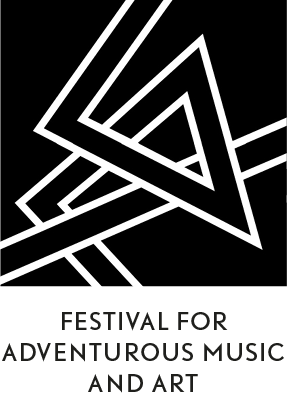Festival 2020
Programme
Critical Art and the Ethics of AI
KQB Studio 1, Mariannenplatz 2, 10997 Berlin → MapTickets: 5 / 10 € day pass
28
TueThis presentation features three artists who use AI and ML tools in their work. Together they raise the question of what a critical AI practice might be. This conversation is an outcome of a workshop between artists, designers, and computer scientists held at DAAD Gallery Berlin in late 2019.
Rather than discuss an “ethics of AI” in relation to the intentions of the engineers and organisations who produce these technologies, Helena Nikonole, Marco Donnarumma, and Wesley Goatley discuss the individual responsibility of the critical practitioner in the use of these tools. They will present a series of considerations that have emerged out of their practices, and represent their (current) thinking on the use of ML/AI tools in critical art practice. These questions and provocations are intended to contribute to this ongoing discussion, both in the artists’ respective fields and in culture more widely.
Marco Donnarumma[IT/DE]
Marco Donnarumma is a media and performance artist, director, composer, and scholar. Since the early 2000s, he has been interbreeding contemporary performance, media art, and computer music to inquire into the recondite matters of the human body. He is widely known for his performances probing the body through sound physicality, technological engineering, and movement research.
Helena Nikonole[RU]
Moscow-based media artist, curator, and educator Helena Nikonole is interested in technological progress and its implications. Embracing hybridity, new aesthetics, the Internet of Things, and Artificial Intelligence, Nikonole explores technology’s potential opportunities, risks, and dangers.
Wesley Goatley[UK]
Wesley Goatley is a sound artist and researcher based in London, UK. His installations, sound objects, and live audio-visual performances critique the common language and imagery used to describe data and artificial intelligence, and the power these symbols have in shaping the world and our understanding of it.

